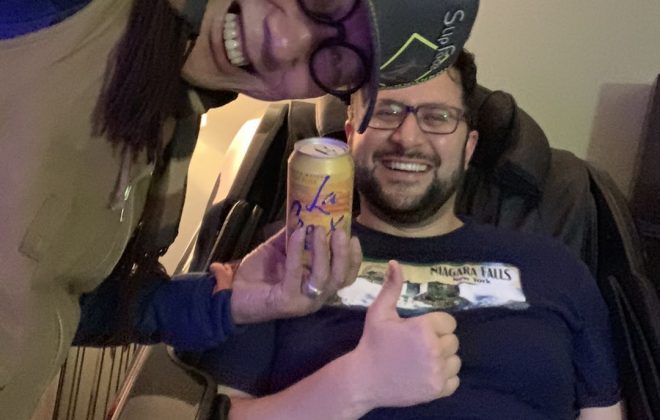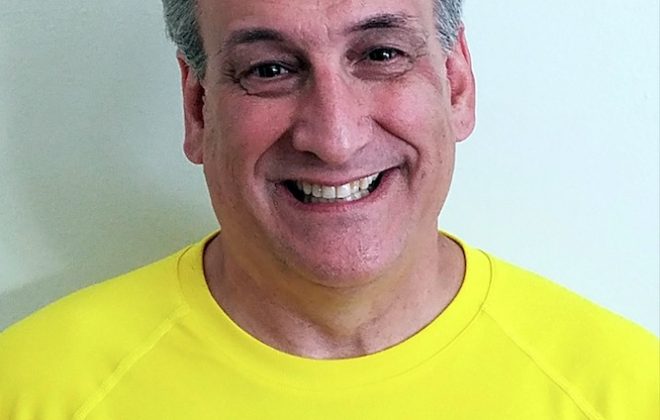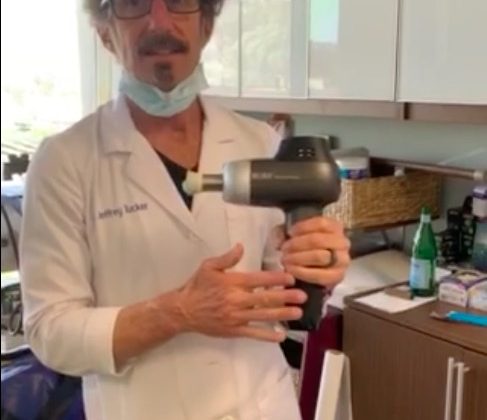Deep Muscle Stimulator (DMS) made by Dr. Fuji is an excellent complement and ‘patient pleaser’ compared to all other hand held vibration/percussion devices I’ve tried, especially for fascial dysfunction. Dr. Fuji was able to manufacture a cordless, rechargeable and ergonomicallydesigned hand held instrument. The DMM device comes with 3 separate heads for the applicator and offers options of 1 - 5 energy intensity settings.
Deep Muscle Stimulator (DMS) made by Dr. Fuji is an excellent complement and patient pleaser
Deep Muscle Stimulator (DMS) made by Dr. Fuji is an excellent complement and ‘patient pleaser’ compared to all other hand held vibration/percussion devices I’ve tried, especially for fascial dysfunction. Dr. Fuji was able to manufacture a cordless, rechargeable and ergonomicallydesigned hand held instrument. The DMM device comes with 3 separate heads for the applicator and offers options of 1 – 5 energy intensity settings.
There are two probable primary effects of the Deep Muscle Massager: Direct reaction to the mechanical stimulation. Indirect stimulation triggering cellular and biochemical processes based on triggering a reactive system.Direct effects may include the following:Normalization of the muscle tone through stimulation of the muscle spindle and the Golgi apparatus of the muscle tendon. Pain overlay based on the gate-control principle (Melzack and Wall) with parallel endorphinrelease by the stimulation of the skin’s pressure and touch receptors.
Stimulation of cellular activity and changes in cell-membrane permeability caused by direct mechanical stress in the cell wall.Increased cellular metabolism due to changes in the membrane permeability, e.g. by opening the glutamate channels. Release of substance P, a neurotransmitter and pain mediator, into the tissue with subsequentnerve habituation and with that reduction of the pain threshold.Increased cellular activity.
Mechanotransduction i.e. the process of converting physical forces into biochemical signals subsequently integrated into a cellular response (Iqbal and Zaida 2005, Vogel 2006). I specifically use the Deep Muscle Massager (DMM) for postural distortions to increase venousand arterial flow to the tight muscles and reawakening of underactive muscles. The DMM vibration is also likely to increase metabolite transport into the disc to compliment imbibition, Glycosaminolycans, K, Ca, Mg, Fe, and Na nutrient flow in channels between the vertebralend plates and the disc. The new DMM device is more than an assist in breaking up adhesions and scar tissue; it likely offers mechanoreceptor activation around facet joints (type II); and helps pain mediation by blocking the pain-spasm-pain cycle.




